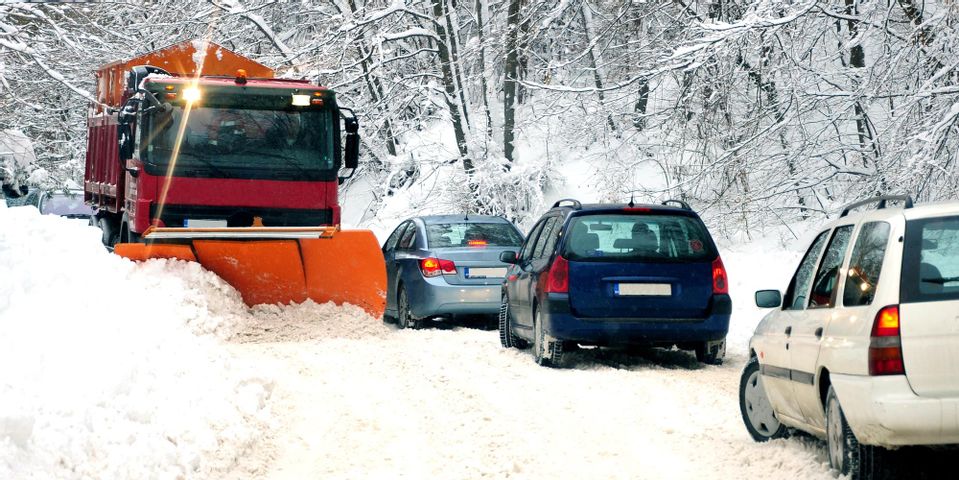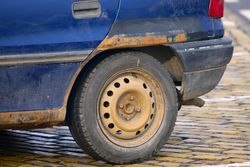How Road-Clearing Materials Can Impact Your Auto Paint

Car body painting can help transform your vehicle’s appearance and even allow older models to look like new again. However, regardless of the age of your car’s paint job, winter poses a serious threat to your car’s appearance. The materials tossed on the road to melt snow, such as sand and salt, can greatly impact your car’s paint. Below is a closer look at why drivers should be mindful of the way these snow-clearing substances affect their vehicle during the winter.
Why Are Salt & Sand Used?
The accumulation of snow and ice can pose a serious hazard to drivers, making it harder to stay in control of your vehicle and increasing the risk of an accident. To alleviate this, salt is spread on the road to melt snow and ice, while sand is often applied to improve traction during icy conditions. These materials help keep roadways clear and reduce the risk of accidents.
How Can They Damage Your Car’s Paint?
 As useful as sand and salt can be, they can pose a serious threat to your vehicle and lead you to need car body painting. Salt accelerates steel’s oxidation process, which increases the risk of rust and corrosion occurring on your vehicle’s body. Sand is also problematic because it can cause tiny chips in the paint layer that make it easier for salt to penetrate.
As useful as sand and salt can be, they can pose a serious threat to your vehicle and lead you to need car body painting. Salt accelerates steel’s oxidation process, which increases the risk of rust and corrosion occurring on your vehicle’s body. Sand is also problematic because it can cause tiny chips in the paint layer that make it easier for salt to penetrate.
The best way to keep winter road conditions from damaging your vehicle is to apply a protective wax coating in the fall, and consistently wash your car during the winter. You should wash your car as soon as possible after a major snowstorm. In general, you should wash your car once per week to remove any lingering salt from the vehicle body and undercarriage.
Whether you need car body painting or auto body repair, you can count on Valiante Auto Body in Norwalk, CT. In business since 1976, their team provides custom paint matching and offers a full lifetime warranty on all work. To learn more about what this auto paint and dent repair shop can do for you, visit them online or call (203) 847-3043.
About the Business
Have a question? Ask the experts!
Send your question

